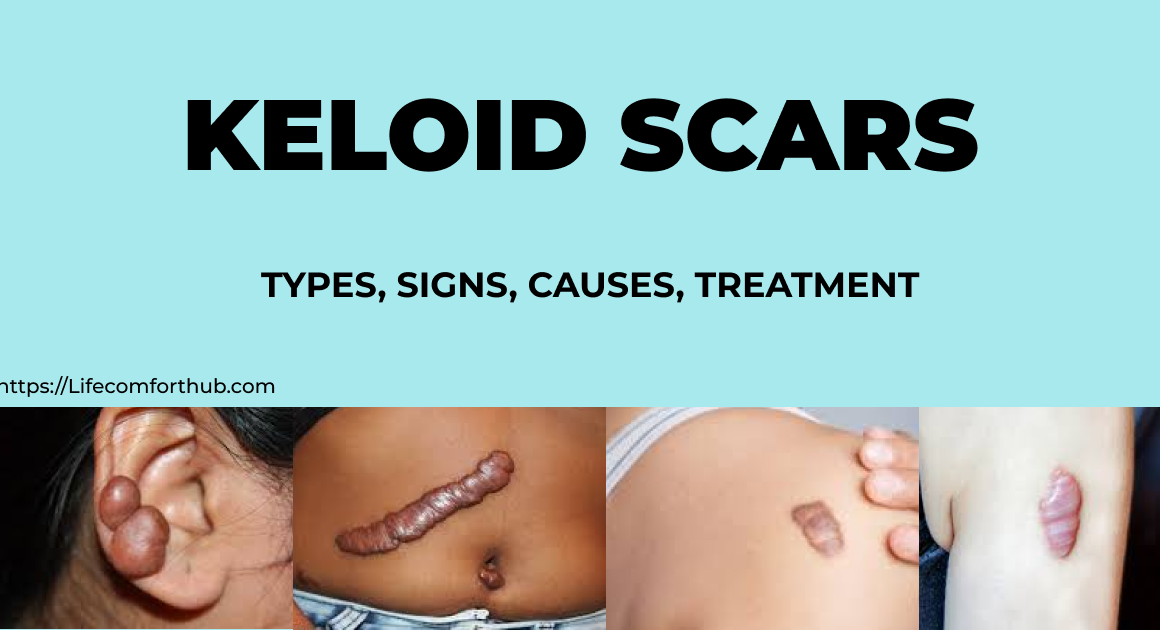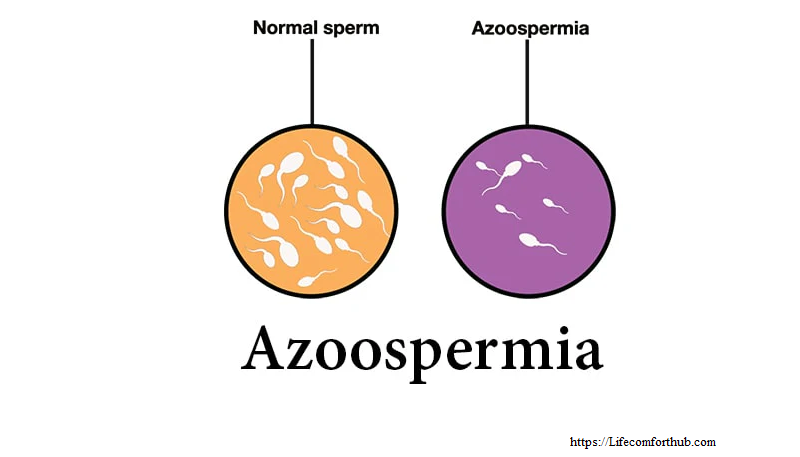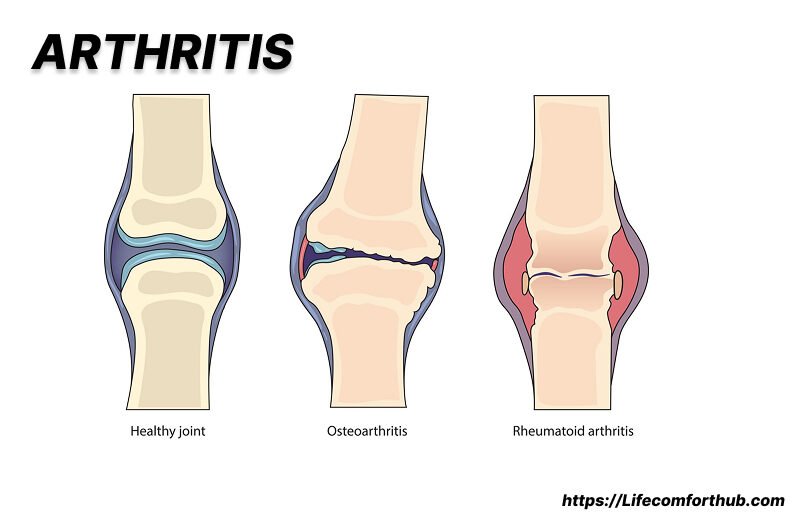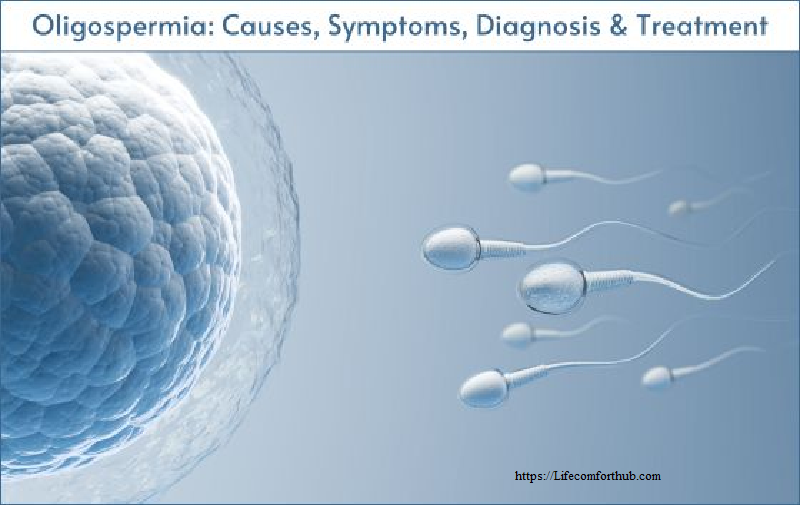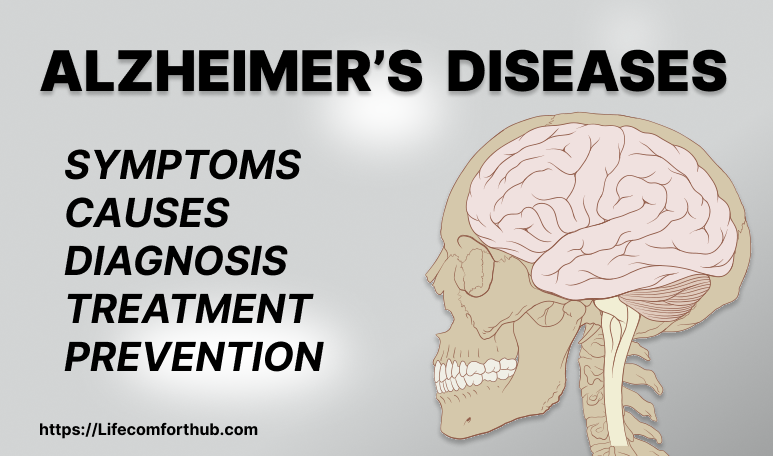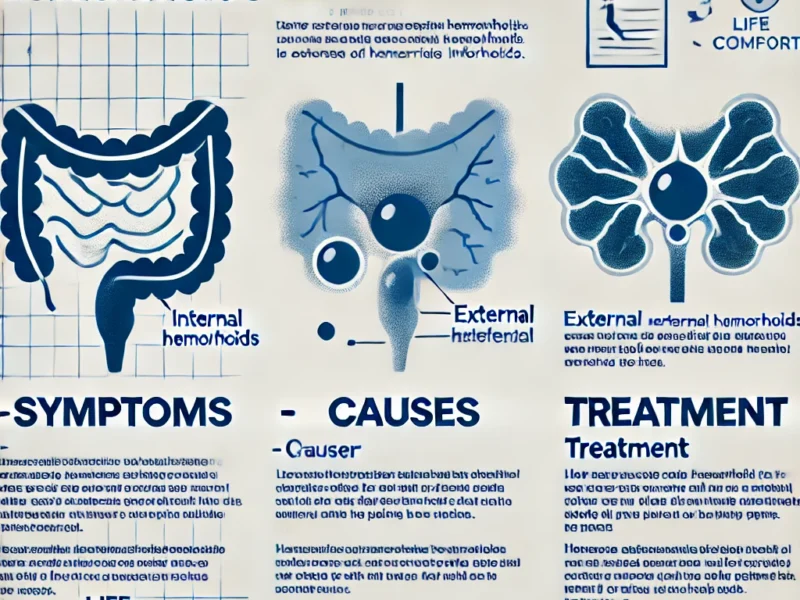Introduction To Keloid
Keloid scars also known as just Keloids form as a response to skin scars as the skin tissues thicken around the injured area, such as burns or acne, acting as a protective mechanism. Over time, they may naturally reduce in size, though some individuals opt for surgical removal.
When the skin sustains damage, scar tissue which is composed of fibrous material, then forms to heal and shield the affected area. in most cases, the excessive formation of this tissue results in hard, smooth keloid growths.
Keloids can grow past the original wound site and are commonly found on areas like the chest, shoulders, earlobes, and cheeks. However, they can also emerge on any part of the body. While they are not harmful, keloids can cause discomfort, itching, and cosmetic concerns, prompting individuals to seek treatment options.
Common Areas of Occurrence
Keloids can form anywhere on the body but are more prevalent in areas with high skin tension or frequent movement, including:
- Ear
- Abdomen
- Back
- Laps
- Jaw
- Chest
- Shoulder
- Ankles
Symptoms Of Keloids
They may take months or even years to develop, and tend to be larger than the initial injury. most of the signs include:
- Raised skin with hard scarred texture.
- Pink, red, purple, or darker than the surrounding skin.
- Itching, tenderness, or pain in some most areas and also in some cases.
- Gradual growth beyond the original wound area.
- A smooth, shiny, or rubbery surface.
- Persistent presence, with no natural fading over time.
- Discomfort.
Although keloids are itchy and cause discomfort, they don’t really have any side effects on the health, apart from the pains and the feeling of insecurity especially if they are very big and in a more visible area.
And they become slightly irritated by clothes, sweat, pressure on the spots, and also when they start expanding. In some cases, they grow too big that they reduce the effectiveness in motion of the body parts.
Causes Of Keloids
The exact cause of keloid scars remains unclear, but experts believe they result from an irregularity in the wound-healing process.
Collagen, a vital protein in the body, aids in healing, yet excessive production can lead to keloid formation. These scars may develop in response to various skin injuries such as acne, insect bites, piercings, injections, burns, hair removal, and even minor scratches or bumps. In some cases, they appear without an identifiable trigger.
Unlike hypertrophic scars, which remain confined to the initial wound and can gradually fade, keloids extend beyond the original injury site and persist. However, they are neither contagious nor cancerous. Several other factors that contribute to their development, includes:
- Genetics: Individuals with a family history of keloids are more likely to develop them.
- Skin Type: People with darker skin tones, particularly those of African, Hispanic, or Asian descent, have a higher risk.
- Injury or Trauma: Any skin injury, including burns, acne, piercings, vaccinations, and surgical wounds, can trigger keloid formation.
- Age: Keloids are more common in younger individuals between the ages of 10 and 30.
- Hormonal Influence: Some research suggests hormonal changes, such as those occurring during puberty or pregnancy, may contribute to keloid development.
Treatment And Diagnosis Of Keloids
Diagnosis
A dermatologist or healthcare provider will actually diagnoses keloids through a physical examination. In some cases, a biopsy may be performed to make sure of other skin conditions that resemble keloids, such as hypertrophic scars or dermatofibromas or even cancer.
Treatment
While keloids are challenging to treat, several approaches can help reduce their size and symptoms:
1. Non-Surgical Treatments
- Corticosteroid Injections: Steroid injections, such as triamcinolone, help flatten and soften keloids by reducing inflammation and collagen production.
- Silicone Gel Sheets: Applying silicone sheets or gels can help prevent and shrink keloids over time.
- Cryotherapy: Freezing the keloid with liquid nitrogen can reduce its size, especially for smaller keloids.
- Pressure Therapy: Using pressure earrings or dressings after surgery or piercings can prevent keloid formation.
- Laser Therapy: Pulsed-dye laser treatments help lighten keloids and reduce their thickness.
2. Surgical and Advanced Treatments
- Excision (Surgical Removal): Cutting out the keloid may be an option, but recurrence rates are high if not combined with other treatments.
- Radiation Therapy: Low-dose radiation following surgery can prevent regrowth.
- Botox Injections: Emerging research suggests that Botox may help reduce keloid size and discomfort.
Home Remedies and Alternative Approaches
Some natural remedies may help manage keloids, although scientific evidence is limited:
- Aloe Vera: Known for its soothing and anti-inflammatory properties.
- Honey: May help reduce keloid size by promoting skin healing.
- Apple Cider Vinegar: Used to lighten scars, though it may cause irritation.
Prevention Strategies
Preventing keloids is crucial for individuals prone to developing them. Key preventive measures include:
- Avoiding unnecessary piercings, tattoos, or cosmetic surgeries.
- Using proper wound care techniques, including keeping cuts clean and covered.
- Applying silicone sheets or gels early in the healing process.
- Seeking medical advice if signs of excessive scarring appear.
Read About other health alignment through HERE
SOURCES
